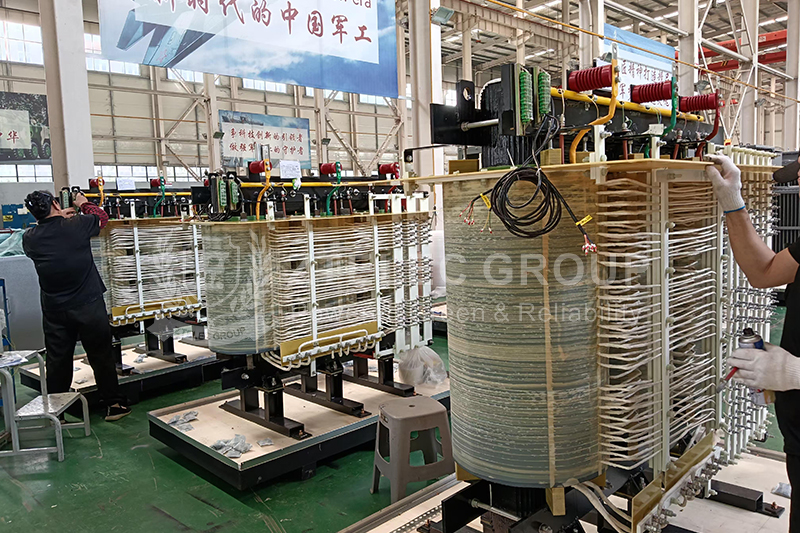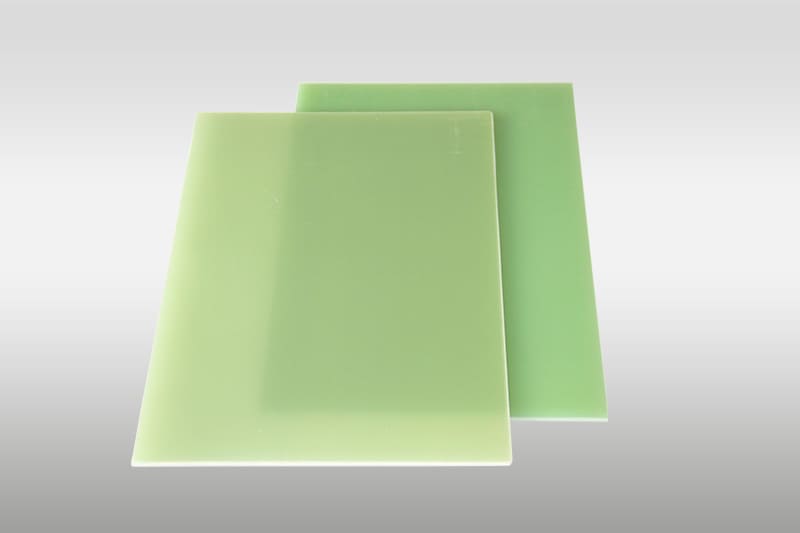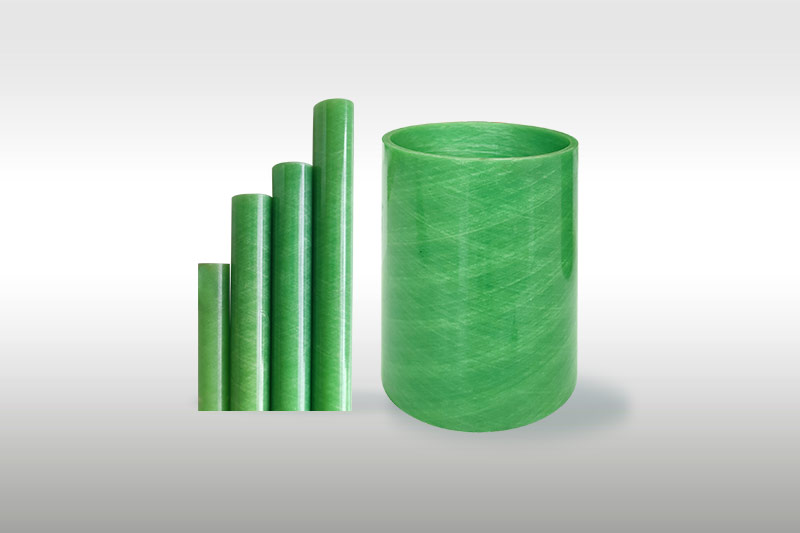Comparing NHN and AHA Insulation Paper in Motors and Transformers
NHN and AHA insulation papers are both high-performance materials based on aromatic polyamide fibers (DuPont Nomex is the most representative brand) used in motor and transformer insulation systems. However, they differ significantly in structure, performance, and application scenarios. This article systematically compares these two insulation materials from three perspectives: material structure, performance characteristics, and application scenarios, providing a reference for project selection.
NHN and AHA Insulation Paper Structure and Composition
1. NHN Insulation Paper
Structure: A three-layer composite structure, with inner and outer layers of polyimide film (Nomex) and a middle layer of polyester film (PET).
Features: NHN Insulation Paper combines the excellent heat resistance of polyimide with the mechanical toughness of polyester, with uniform thickness (typically 0.15-0.50mm) and a smooth surface.
Color: Typically pale yellow to amber.
2. AHA Insulation Paper
Structure: Also a three-layer composite material, it consists of two layers of polyester film (PET) sandwiched between a layer of aramid paper (such as Nomex 410).
Features: The aramid paper base provides excellent mechanical strength and arc resistance, while the polyester layer enhances flexibility and processing adaptability.
Color: Mostly white or light gray, with a slightly rough surface texture.
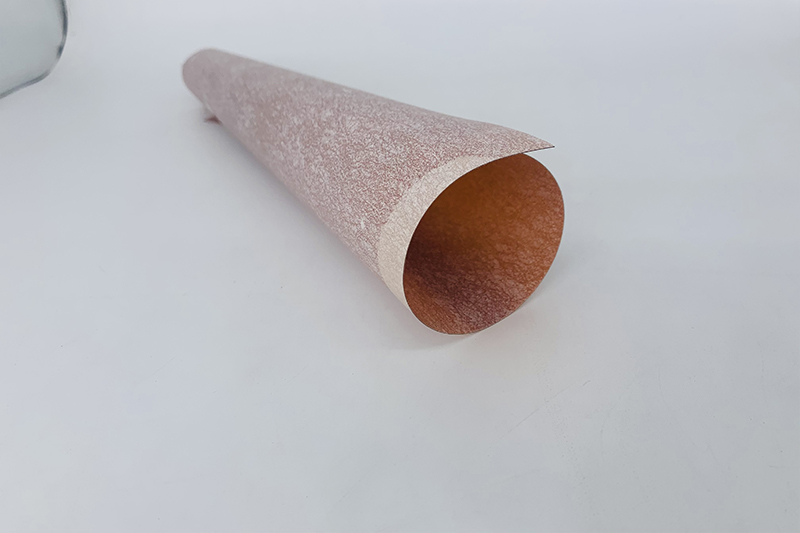
AHA
Performance Comparison of NHN and AHA Insulation Papers
NHN and AHA insulation papers focus on different performance characteristics and are suitable for different engineering environments:
▶NHN insulation paper's core advantages are its excellent heat resistance (reaching Class H or higher) and stable electrical properties. It is particularly suitable for high-temperature, high-voltage, or harsh operating conditions, such as new energy vehicle drive motors, nuclear power equipment, and high-frequency inverters. This material also has low moisture absorption and radiation resistance, maintaining stable performance in long-term high-temperature environments. However, its higher cost makes it typically used in high-end applications with stringent requirements for lifespan and reliability.
▶AHA insulation paper excels in mechanical strength and cost control, making it suitable for medium- and low-temperature applications, high mechanical stress, or budget-sensitive applications, such as household appliance motors and low-voltage switchgear. It offers excellent arc resistance and easy processing, but its heat resistance and electrical insulation strength are slightly lower than NHN, so careful selection should be made based on the actual operating voltage and temperature.
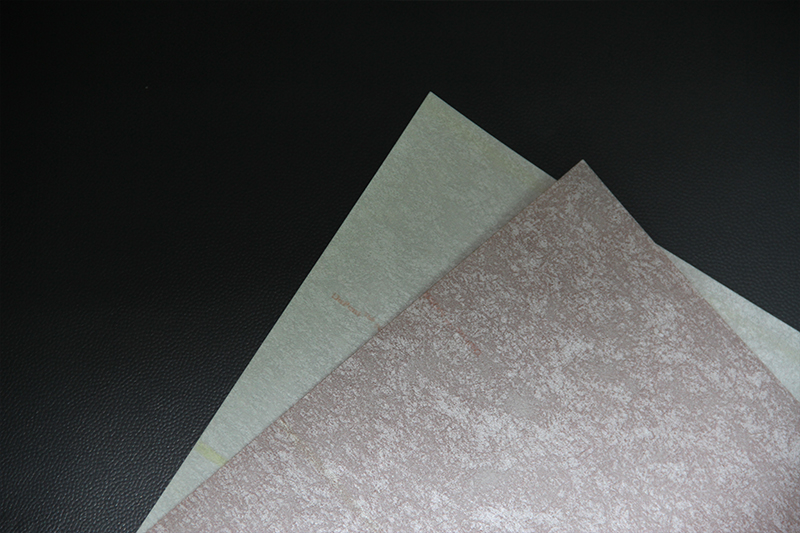
NHN
NHN and AHA Insulation Paper Application Selection
▶Applications where NHN insulation paper is recommended include:
Turn-to-turn insulation for medium- and high-voltage motors and generators: NHN's high mechanical strength, excellent conformability, and superior paint absorption make it particularly suitable for vacuum pressure impregnation (VPI) processes. Its surface roughness helps prevent slippage during winding, and after impregnation, it forms a single piece with the copper wire, significantly improving vibration and shock resistance.
Cost-sensitive applications requiring high-performance insulation: When the voltage level does not require AHA, NHN provides a more cost-effective and reliable solution.
Insulation components with complex structures or requiring multiple molding processes: NHN's improved flexibility makes it suitable for wrapping, folding, or filling complex shapes.
▶Applications where AHA insulation paper is recommended include:
High- and ultra-high-voltage dry-type transformers: Especially when used as main insulation or interlayer insulation. AHA provides extremely high dielectric strength within confined spaces, helping to ensure equipment safety margins.
Reactors, instrument transformers, and other high-voltage electrical equipment: Suitable for applications where insulation distances are limited but extremely high voltages must be withstood.
Compact designs with strict spatial requirements: AHA offers thinner insulation thickness than NHN, helping to reduce overall equipment size.
NHN and AHA insulation papers each have their own advantages. The selection process should comprehensively consider factors such as temperature, voltage, mechanical stress, cost, and space constraints in actual operating conditions to achieve the optimal balance between insulation performance and economic efficiency.
- more+releated article
- 2025-09-15Main Advantages and Application Value of Europ
- 2025-09-13Regular Inspection and Maintenance Guide for 6
- 2025-09-13Efficiency, Cooling Systems, and Protection Me
- 2025-09-12Selection Guide for Yellow Epoxy Resin FR4 in
- 2025-09-12Installation and Maintenance Guide for Europea
- 2025-09-10Where to Buy Epoxy FR4 Yellow Transformer Insu
- 2025-09-09Best Oil Type Transformer Solutions for the In
- 2025-09-09Epoxy FR4 Yellow Laminate vs Pressboard: Choos
- 2025-09-08Oil Type Transformers: Price, Efficiency, and
- 2025-09-08Epoxy FR4 yellow board in power transformer

